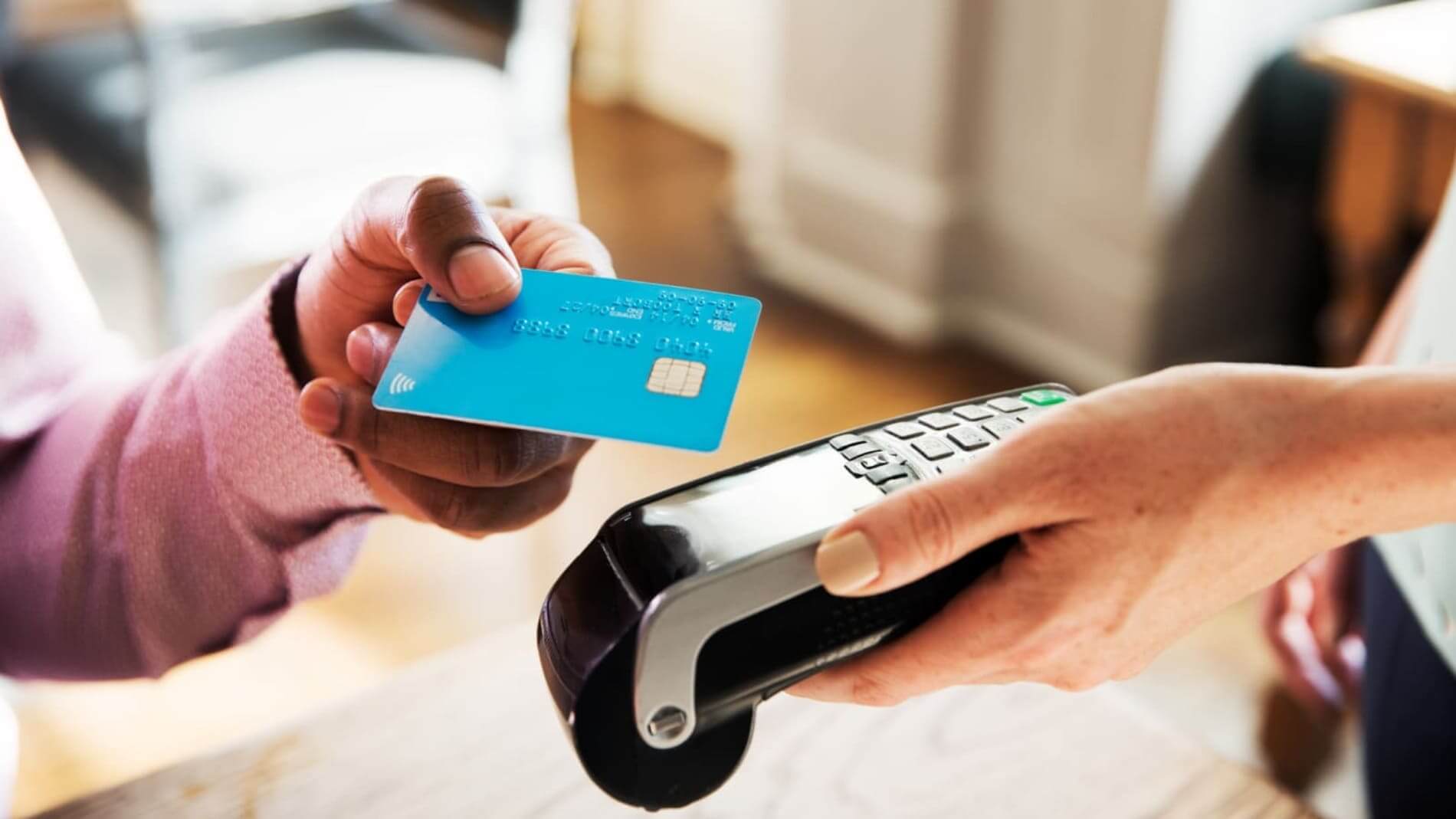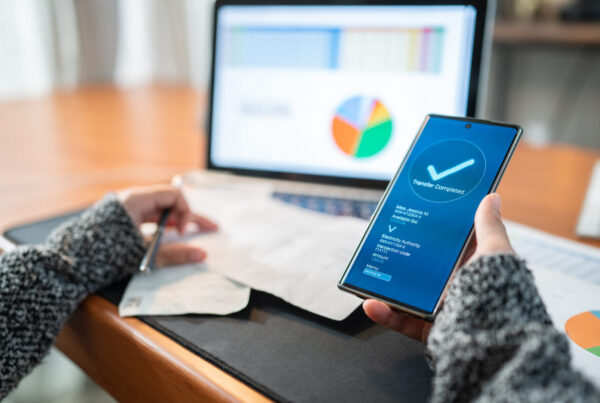The rising popularity of contactless payment technology is swiftly transforming the retail landscape. As 70% of U.S. retailers now have contactless-capable point of sale (POS) terminals and 95% of new POS terminals are contactless-enabled, inserting and swiping physical cards have become less necessary. This shift reflects a global revolution in payment experience, offering extra convenience, speed, and security for both consumers and merchants.
In this article, we’ll discover various types of contactless payment, how it works, its pros and cons, and how worldwide retailers are offering this method. Let’s scroll down for more.
What is a contactless payment?
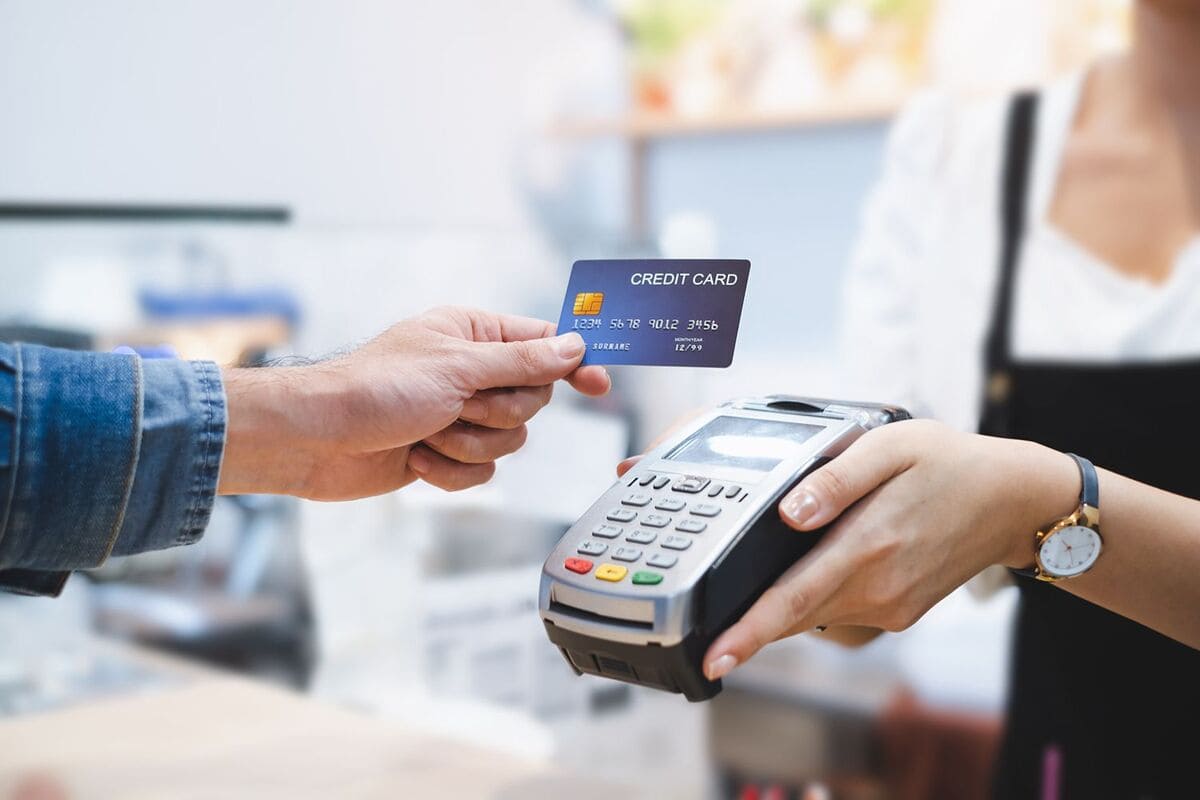
Contactless payment is a convenient and safe payment method that doesn’t require cash or swiping and inserting cards.
Thanks to contactless payment technology with near-field communication (NFC) or radio frequency identification (RFID), customers can simply tap or hold their cards, phones, or wearable devices near a contactless reader to complete the transaction. That’s why we call the technology “tap to pay” or “tap and go”.
Currently, almost all credit cards and debit cards feature contactless technology. Tech giants also offer contactless payment solutions, such as Apple Pay, Google Pay, or Samsung Pay. These digital wallets allow consumers to securely store credit and debit card information to make purchases by tapping their smartphone or smartwatch at the POS terminal.
Live Payments is an example of a payment provider in Australia that provides multiple payment methods for omnichannel selling including contactless payment, digital wallets, QR codes, etc. Discover Live Payments POS to unify your payments across sales channels and reduce double entry.
What are the different types of contactless payment?
There are two main types of contactless payment including contactless cards and digital wallets.
Contactless cards
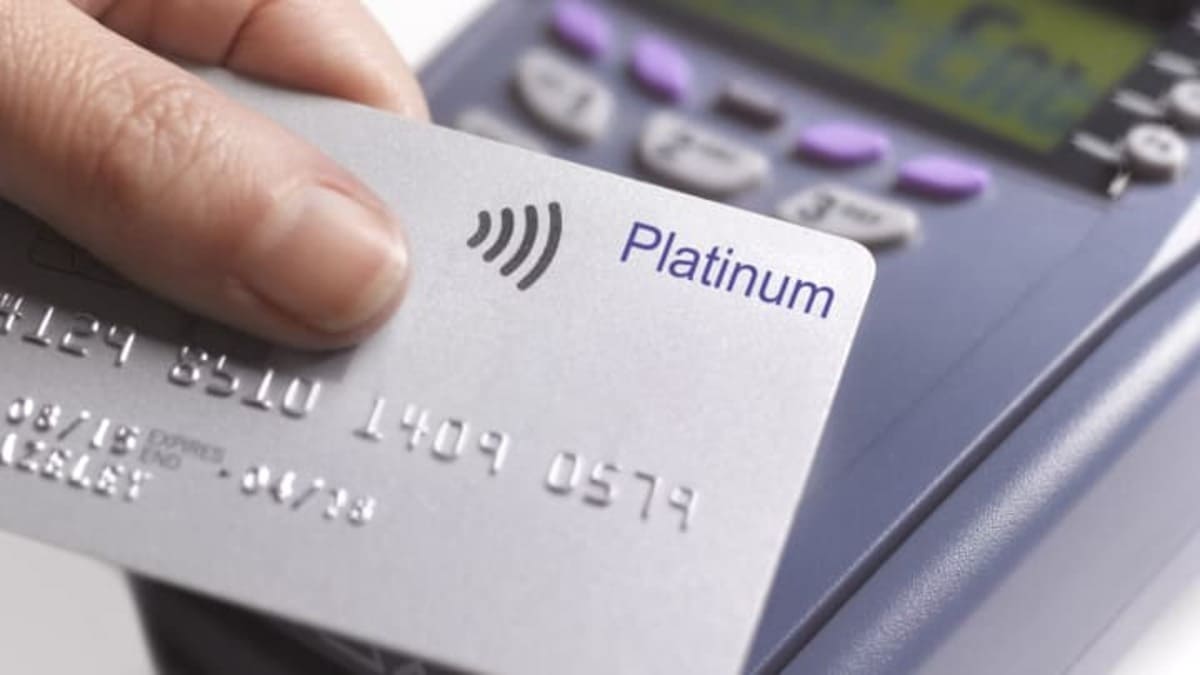
Tap-to-pay debit cards and credit cards are the most popular contactless payment options. They look like regular cards but have an antenna that enables wireless communication with a reader. Contactless payment cards also have a magnetic strip and chip for traditional uses such as inserting or swiping.
Some contactless payment examples of this type include Visa contactless payment, American Express, and Mastercard contactless payment.
Digital wallets
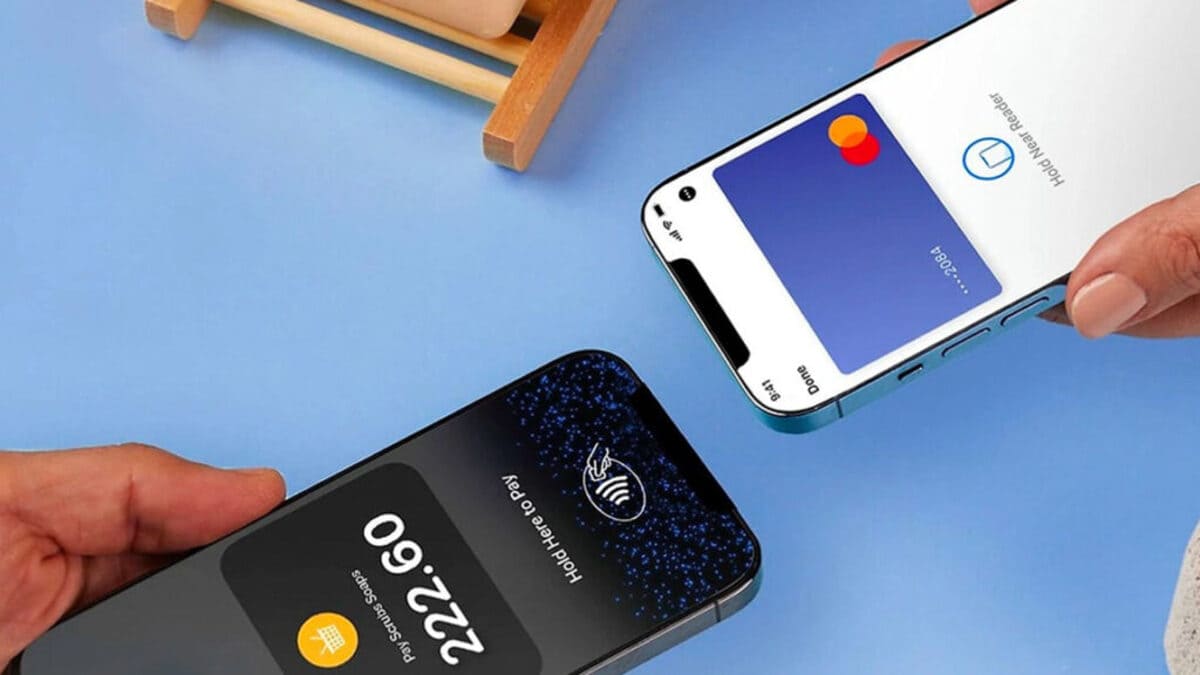
Digital wallets are mobile apps that allow smartphones or wearables to make payments like physical cards. The two most popular digital wallets are Google Wallet (previously Android Pay) for Android users and Apple Pay for iOS users. With Apple Pay, for example, you can make iPhone contactless payments or pay via your wearables, such as Apple Watch.
To use digital wallets as a contactless payment method, you simply activate the mobile payment capability on your phone. Then, download the contactless payment app, link your credit cards and credit card accounts, and you’re good to go. You only need to bring it within two to four inches of a contactless payment reader to pay by phone.
As of 2024, the number of smartphone users worldwide has reached an estimated 4.88 billion, reflecting a growth of 635 million new users from 2023 to 2024, marking a 2x increase since 2020. With increasing mobile phone penetration, mobile contactless payment is also on the rise.
How does contactless payment work?
Contactless payments use NFC and RFID technology to enable wireless communication between the contactless payment device and the card reader when held near the reader.
Stores accepting this payment have a distinctive contactless payment symbol resembling the Wi-Fi logo on their POS terminals.
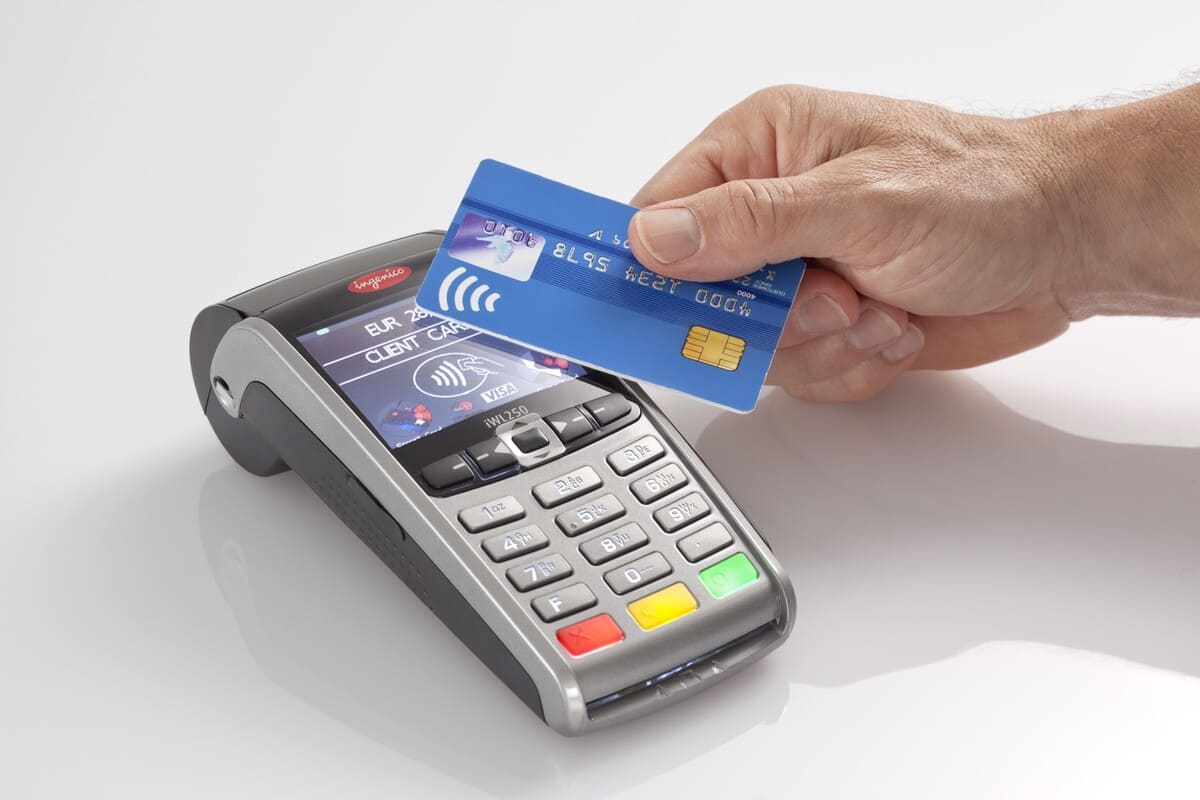
Step 1: The customers tap to pay.
To initiate the payment, customers tap or hold their contactless card or mobile device near a POS terminal with the tap and pay symbol. Depending on the contactless payment terminal, you might need to tap cards on, above, or below the screen.
Step 2: The contactless payment device transmits encrypted payment information to the card network.
The POS terminal encrypts the transaction data, including account number, expiration date, and a one-time code that replaces the static code on the magnetic strip for each in-person transaction.
Then, the card reader transmits the data to a card network (such as Visa and Mastercard) for verification.
Step 3: The card network forwards the transaction data to the issuing bank for authentication.
The issuing bank checks for available balances, flags unusual locations and transaction amounts, verifies the payment method’s legitimacy, and authenticates the customer identity to prevent fraud.
FYI, the issuing bank or customer bank is the bank that issues credit and debit cards to customers.
Step 4: The issuing bank accepts the contactless payment.
Once the issuing bank approves the transaction, the POS terminal receives the approval message and signals successful payment with a beep, green light, or checkmark.
This entire exchange takes less than a second, making it faster than chip cards and miles ahead of cash. The transaction flow works the same for contactless payments using cards and digital wallets.
Learn more: How do credit card readers work? Explained in 7 minutes
Benefits and drawbacks of contactless payment
Wireless payments are revolutionizing the way we pay. The benefits of contactless payment are ample, making it the preferred payment method of modern customers. That said, it’s important to weigh the benefits against the potential drawbacks.
Benefits | Drawbacks |
Convenience: Contactless payments eliminate swiping, entering a personal identification number (PIN), or signing for a transaction, reducing steps and friction in the payment experience. | Contactless payment limit: There’s a limit on the amount you can spend per transaction through contactless payments. The limit could be either fixed or adjustable, requiring a PIN or signature for any amount that goes beyond the threshold. |
Speed: Tap-and-go payment offers 10x faster checkout than swiping and inserting cards, or using cash. | Unauthorized purchase: Fraudsters can make unauthorized purchases with lost or stolen proximity cards. |
Security: Contactless payment uses secure one-time codes and encryption to hide your actual card details, adding an extra layer of protection compared to magnetic stripe cards. | |
Hygiene: Touchless payment minimizes the need for physical interaction, reducing the chances of transferring germs via surfaces. |
How to implement contactless payments in retail?
Contactless POS terminals
Because the POS terminal is the primary interface for transactions, choosing a contactless payment machine that provides a seamless payment experience for both customers and staff is essential. Some factors to consider when selecting a contactless-enabled POS terminal include:
- Contactless payment methods: Make sure that terminals fully support your contactless payment methods, such as NFC payment using cards or contactless phone payment. Confirming these contactless technologies allows your customers to effortlessly tap debit cards, credit cards, or phone wallets, thereby enhancing convenience and speeding up transactions.
- POS terminal hardware: Evaluate hardware factors like screen size, processing power, and durability carefully to ensure the terminal can effectively handle the demands of contactless transactions. For high volumes, opting for a contactless payment system with a larger screen and robust processing capabilities can help accommodate these transactions efficiently.
- POS terminal compatibility: Select terminals compatible with your existing POS software, such as POS for Magento or POS for Shopify, and inventory management system to ensure seamless integration and efficient operations. To enhance flexibility and boost sales, you can choose a POS that integrates with different payment terminals to provide split payments, buy now pay later, etc.
You should confirm compatibility and address any potential integration challenges with your POS provider before implementing contactless payment systems.
QR code payment
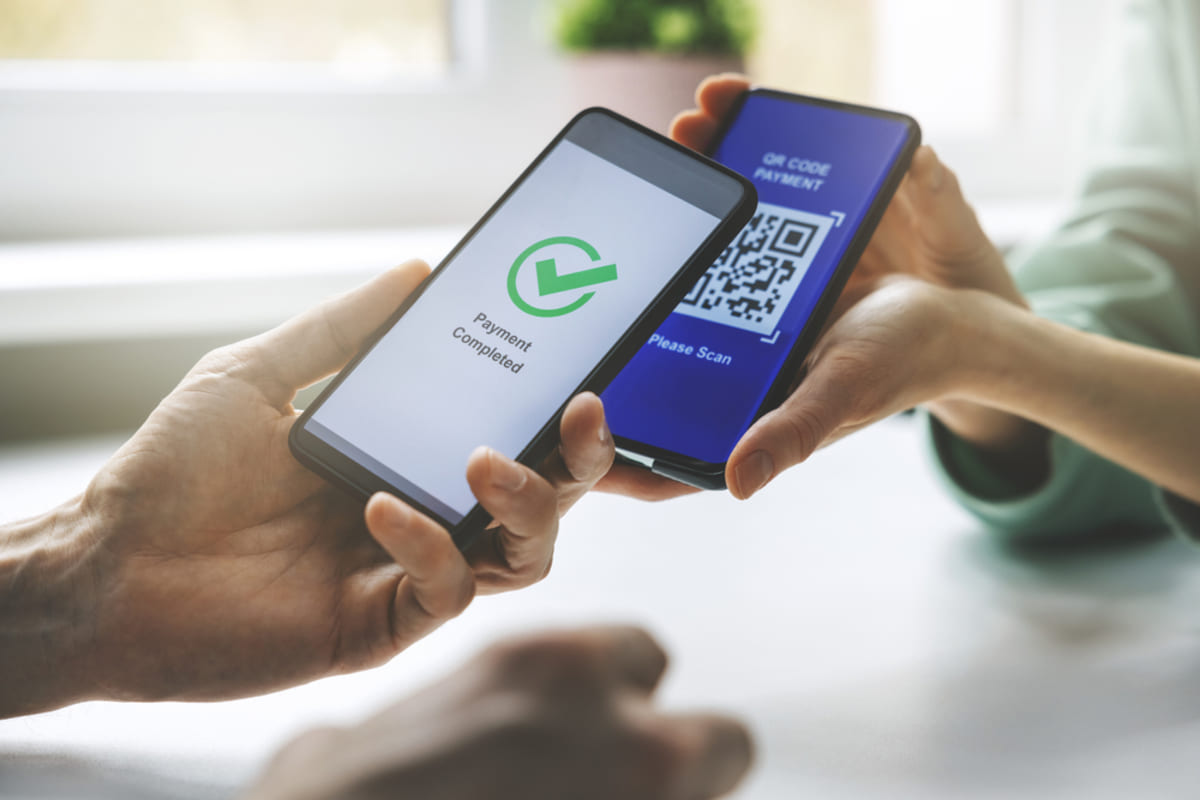
Your customers can scan a QR code displayed at the POS to initiate a contactless payment on the phone.
To successfully implement this contactless mobile payment solution, retailers should:
- Select a suitable QR code payment provider that aligns with your business needs and preferences
- Ensure that the POS system is compatible with QR code payments and can seamlessly integrate with the chosen payment provider
- Generate unique QR codes for each transaction using the provider’s platform
- Display these codes at the POS, such as on product labels or checkout counters
- Train your staff on how to process QR code payments
- Educate customers on how to scan the codes using their mobile devices
Contactless self checkout
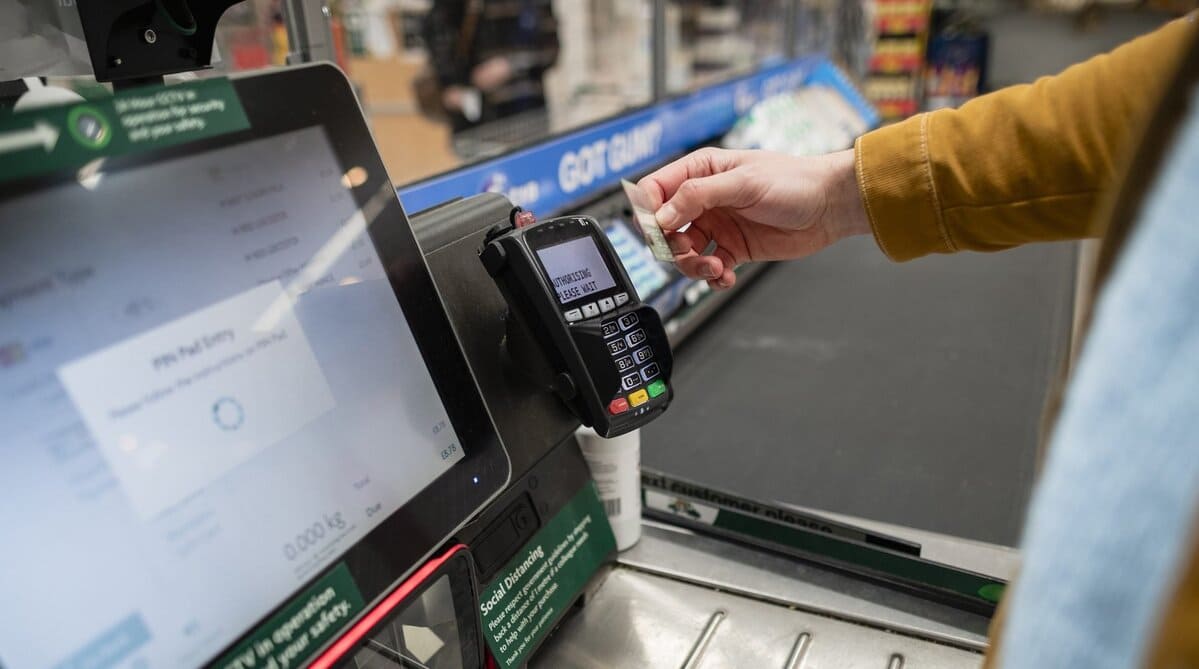
Implementing self-checkout with contactless payment in retail involves installing self-service kiosks equipped with NFC-enabled POS systems. These kiosks should be user-friendly, guiding customers through the scanning and payment process.
Wrapping up
In a world preferring speed and efficiency, contactless payment methods offer a winning formula. A simple and fast tap or hold of your card or phone near the reader to complete a transaction eliminates physical contact and streamlines checkouts. Thanks to its advanced security, more and more merchants now accept contactless payments in-store. If you want to further discuss how to offer this payment in your physical stores, let’s talk with our experts.
FAQs
Is contactless payment safe?
Yes. Contactless payment is one of the safest forms of payment for the following reasons:
- One-time codes: Each transaction uses a one-time encrypted code, making it nearly impossible for hackers to duplicate.
- Chip security: Contactless cards inherit the same security as chip cards, a significant upgrade from magnetic stripes.
- Accidental tap protection: As transactions only occur within a short range (around 2 inches), you don’t need to worry about double billing.
Please note that because contactless payments don’t require a PIN, if you lose your card, fraudsters can use it for unauthorized transactions.
Does EMV mean contactless?
No. While EMV cards can be contactless, EMV does not mean contactless.
Contactless payment is a payment method, enabled by RFID technology or NFC payment.
On the other hand, EMV, short for Europay, Mastercard, and Visa, is a payment technology that uses a tiny yet powerful chip embedded in credit and debit cards to encrypt and tokenize data for secure transactions. EMV cards include both contact and contactless types.
Is EMV the same as RFID?
No. While some EMV transactions use RFID technology, EMV isn’t the same as RFID.
EMV serves as a globally recognized standard for credit and debit card transactions, employing chip technology to enhance security and decrease fraud in face-to-face transactions. EMV technology specifically refers to chip-based credit and debit cards that authenticate payments dynamically.
In contrast, RFID, or radio frequency identification, utilizes electromagnetic fields to transfer data and uniquely identify objects. Unlike EMV, RFID operates wirelessly, using radio waves to conduct transactions. These technologies are distinct.
Sometimes, contactless payment cards may combine both EMV and RFID technologies, with the EMV chip storing account information while the RFID transfers it to a payment terminal.
However, they serve different purposes in overall transaction security and are not interchangeable.
Can you get cash back with contactless payments?
Yes. While contactless cards allow you to get cash back the same way as traditional cards, some stores might require customers to insert the card for cash-back requests, even if the terminal has contactless capabilities.
Which type of technology enables contactless payment transactions?
Radio frequency identification (RFID) technology and near-field communication (NFC) technologies empower contactless payment transactions.
